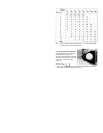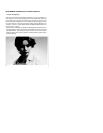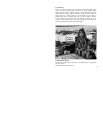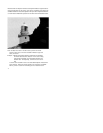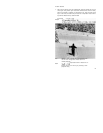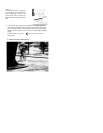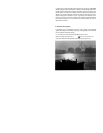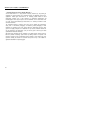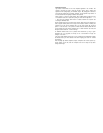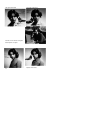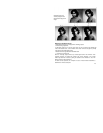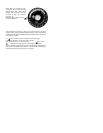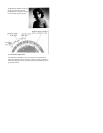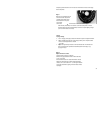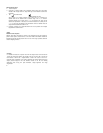2. Illumination Contrast
Light balance measurements are the most important application of the Lumidisc. This
consists of measuring the ratio of main light and fill in light in order to perform vital
adjustments when photographing an illuminated subject. The photographer is advised to
record the data obtained for his particular equipment. This will provide ready reference in
the future and allow the same lighting conditions to be reproduced.
When shooting in a studio or similar situation where artificial lighting equipment is used,
more attractive results can be produced by making the main and fill in light ratio 4 : 1 - 2 :
1. Also when using reflectors either indoors or outdoors, determine the exposure after
measuring the illumination ratio.
Normal sunlight becomes the main light source outdoors, while white or silver reflectors are
used to brighten shadow portions of the subject. In this situation, install the Lumidisc, point
it toward the sun and read the indicated value. Turn the memo pointer dial and set the
pointer 17 at the read value. Next, point the Lumidisc toward the reflector (shield with hand
to avoid sunlight) and again read the indicated value. To obtain maximum color effect, this
fill in light source should be 1/2 - 1/4 of the main lignt.
An additional theatrical effect can be produced with monochrome by using a higher
illumination ratio. It is suggested, for example, to use a ratio between fill in light and
sunlight of 1/16 or lower.
If the meter needle deflects beyond scale, use the H slide and as described earlier, multiply
the indicated value by 32. Then calculate main and fill in lighting (see section on *Contrast
measurement).
After completing light balance adjustment, replace Lumisphere and measure exposure by
normal method. At this time, hold the Lumisphere close to the subject to fully detect
sunlight and fill in light.



